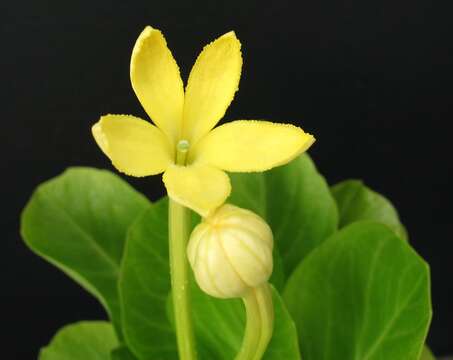Brighamia insignis (5209423657)

Description:
Summary.mw-parser-output table.commons-file-information-table,.mw-parser-output.fileinfotpl-type-information{border:1px solid #a2a9b1;background-color:#f8f9fa;padding:5px;font-size:95%;border-spacing:2px;box-sizing:border-box;margin:0;width:100%}.mw-parser-output table.commons-file-information-table>tbody>tr,.mw-parser-output.fileinfotpl-type-information>tbody>tr{vertical-align:top}.mw-parser-output table.commons-file-information-table>tbody>tr>td,.mw-parser-output table.commons-file-information-table>tbody>tr>th,.mw-parser-output.fileinfotpl-type-information>tbody>tr>td,.mw-parser-output.fileinfotpl-type-information>tbody>tr>th{padding:4px}.mw-parser-output.fileinfo-paramfield{background:#ccf;text-align:right;padding-right:0.4em;width:15%;font-weight:bold}.mw-parser-output.commons-file-information-table+table.commons-file-information-table,.mw-parser-output.commons-file-information-table+div.commons-file-information-table>table{border-top:0;padding-top:0;margin-top:-8px}@media only screen and (max-width:719px){.mw-parser-output table.commons-file-information-table,.mw-parser-output.commons-file-information-table.fileinfotpl-type-information{border-spacing:0;padding:0;word-break:break-word;width:100%!important}.mw-parser-output.commons-file-information-table>tbody,.mw-parser-output.fileinfotpl-type-information>tbody{display:block}.mw-parser-output.commons-file-information-table>tbody>tr>td,.mw-parser-output.commons-file-information-table>tbody>tr>th,.mw-parser-output.fileinfotpl-type-information>tbody>tr>td,.mw-parser-output.fileinfotpl-type-information>tbody>tr>th{padding:0.2em 0.4em;text-align:left;text-align:start}.mw-parser-output.commons-file-information-table>tbody>tr,.mw-parser-output.fileinfotpl-type-information>tbody>tr{display:flex;flex-direction:column}.mw-parser-output.commons-file-information-table+table.commons-file-information-table,.mw-parser-output.commons-file-information-table+div.commons-file-information-table>table{margin-top:-1px}.mw-parser-output.fileinfo-paramfield{box-sizing:border-box;flex:1 0 100%;width:100%}} Description: Ālula or ʻŌlulu Campanulaceae Endemic to the Hawaiian Islands (Niʻhau, extinct; Kauaʻi, extant with probably only one wild specimen remaining) Endangered Oʻahu (Cultivated) The flowers have a nice fragrance! Some say it is "similar to violets." One older source (Charles Gaudichaud,1819) states that Hawaiians "used all fragrant plants, all flowers and even colored fruits" for lei making. Red or yellow were indicative of divine and chiefly rank; purple flowers and fruit, or with fragrance, were associated with divinity. Because of their long-standing place in oral tradition, the fragrant yellow flowers ālula were likely used for lei making by early Hawaiians, even though there are no written sources. Botanist Otto Degener notes: "Brighamia, called by various natives puaala, alula, ohaha, was eaten raw as a supposed remedy for consumption and various other diseases." NPH0003 nativeplants.hawaii.edu/plant/view/Brighamia_insignis. Date: 15 May 2008, 22:21. Source: Brighamia insignis Uploaded by Tim1357. Author: David Eickhoff from Pearl City, Hawaii, USA.
Included On The Following Pages:
- Life (creatures)
- Cellular (cellular organisms)
- Eukaryota (eukaryotes)
- Archaeplastida (plants)
- Chloroplastida (green plants)
- Streptophyta
- Embryophytes
- Tracheophyta (ferns)
- Spermatophytes (seed plants)
- Angiosperms (Dicotyledons)
- Eudicots
- Superasterids
- Asterids
- Asterales
- Campanulaceae (bellflowers)
- Brighamia (brighamia)
- Brighamia insignis (cabbage on a stick)
This image is not featured in any collections.
Source Information
- license
- cc-by-3.0
- copyright
- David Eickhoff
- creator
- David Eickhoff
- source
- Flickr user ID dweickhoff
- original
- original media file
- visit source
- partner site
- Wikimedia Commons
- ID


